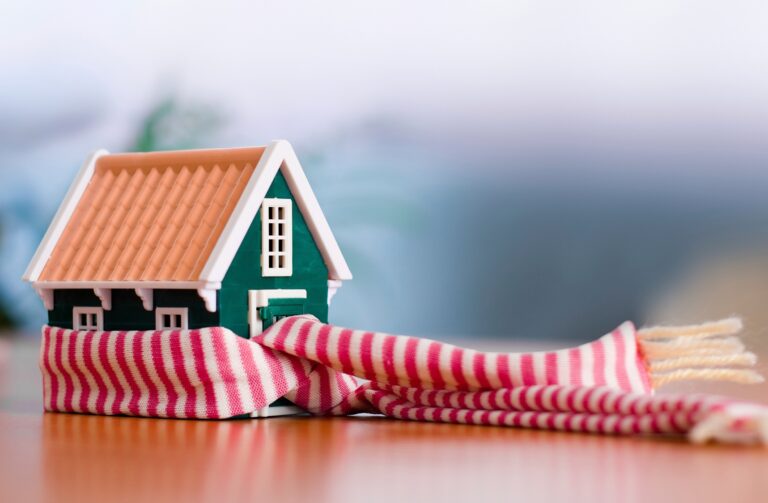When you insulate your home, you reduce energy demand and the demand for fuel to heat your home. You will save money in the long term. It helps to combat climate change and protects the planet.
By insulating your walls, piping, walls and flooring, you will reduce the amount you pay for your energy bills. On average, a person will spend £1200 on energy bills with heating and hot water accounting for over 80% of the average energy bill.
Most heat is lost through the roof, walls, floors and windows if a home is without insulation. Insulating your home doesn’t have to be expensive or time-consuming. An alarming amount of UK homes still do not have standard loft insulation!
There are many ways to insulate your home to help reduce energy bills. Many of these are quick and easy to do and will keep those pesky energy bills down. Below we look at several ways you can insulate your home and help reduce those extra energy costs!
Roof Insulation
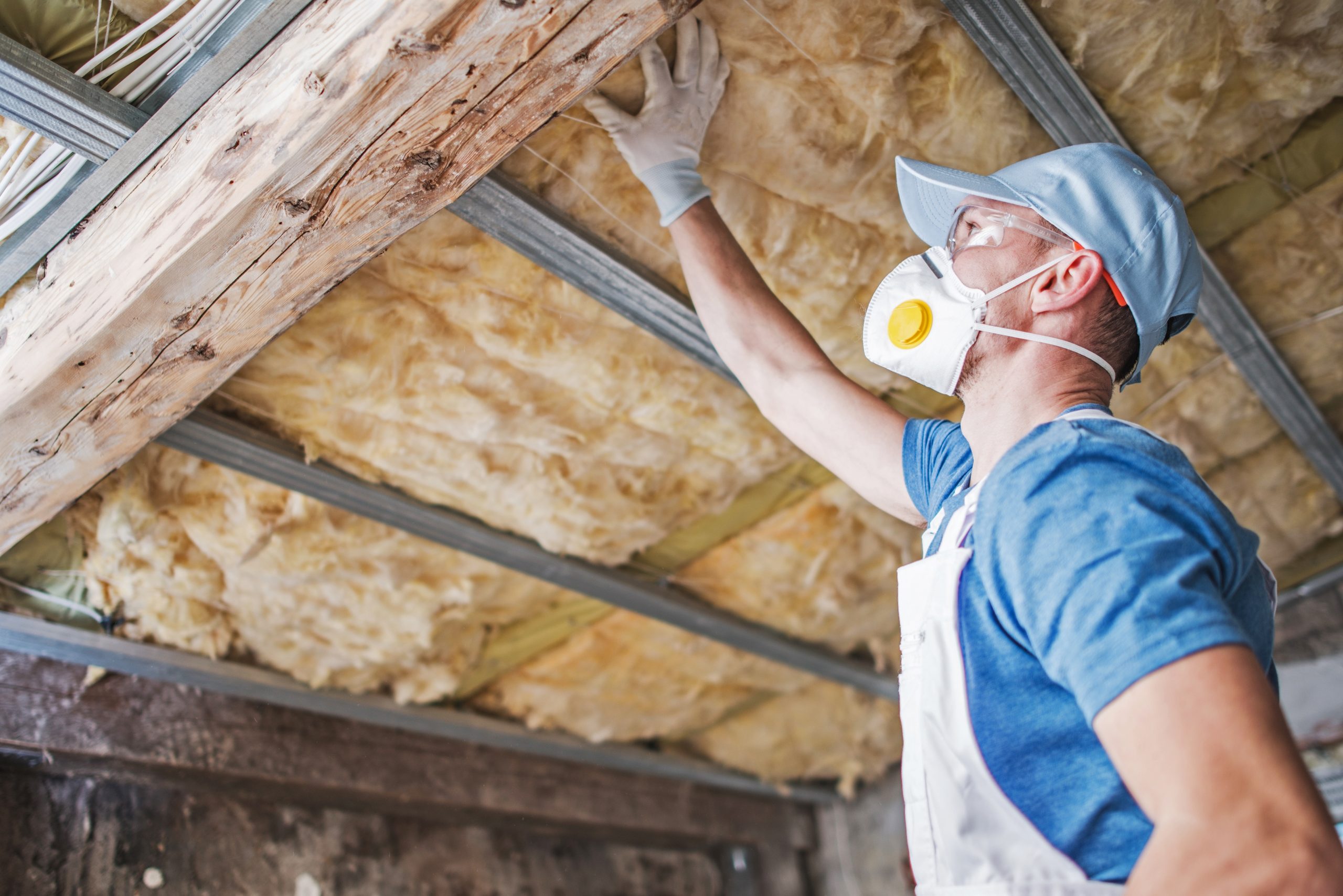
If you insulate your loft, you can reduce valuable heat from escaping through the roof. The easiest way to do this is to Insulate the loft, to the standard depth of 27cm. This is the equivalent length of a ruler and is the easiest way to stop heat from escaping your home! This should last you 40 years so after it’s installed job done! The most common material for loft insulation is mineral wool and we advise you get a professional to install it for you.
Wall Insulation
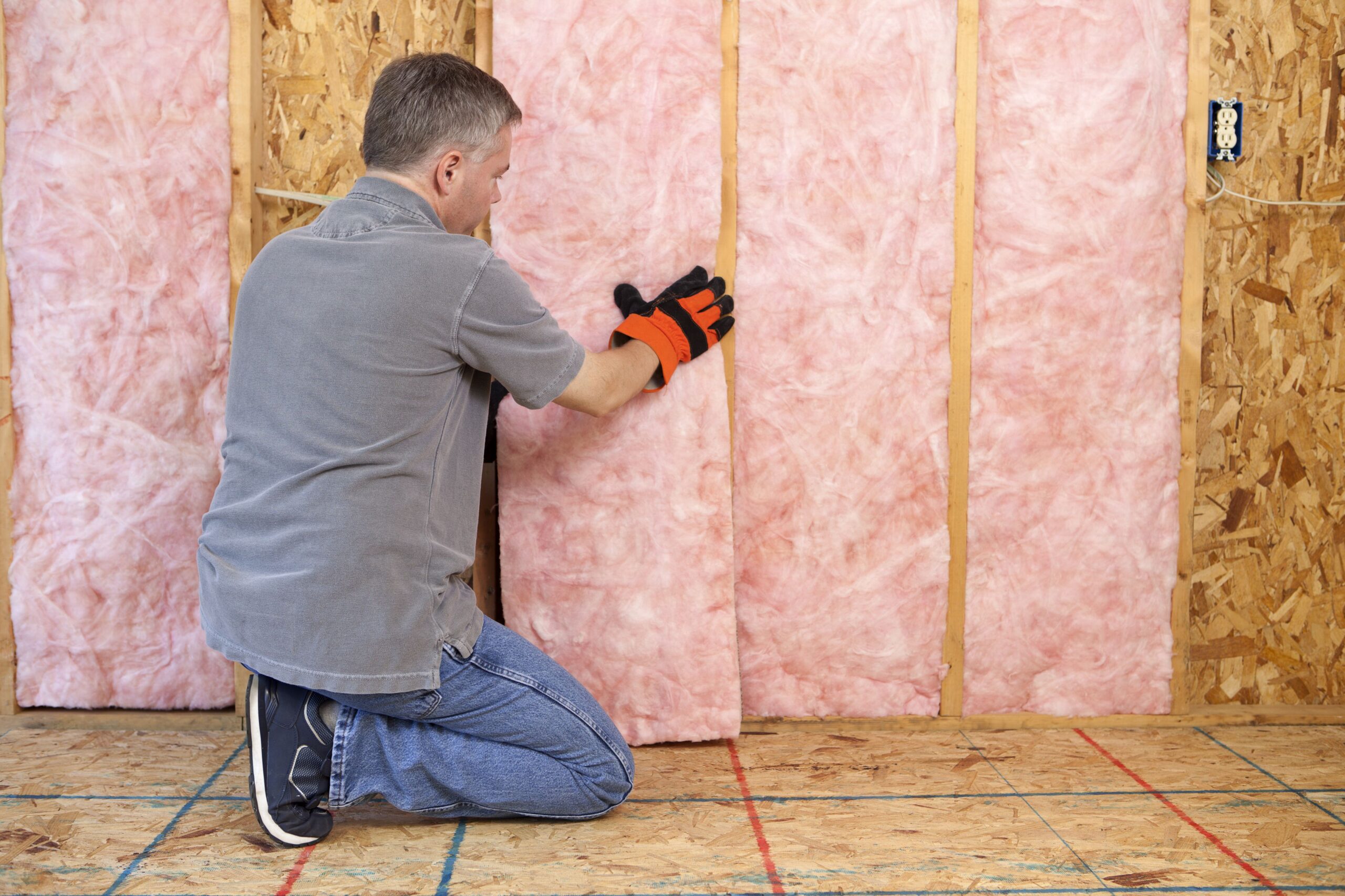
Houses built after 1990 will have sufficient insulation already in the walls. There are over 5 million UK homes that do not have sufficient insulation in the walls. A proportion of those has none at all. If you own a home built pre 1990, you can do no wrong by having wall insulation put in as you will save pounds on your energy bills.
Cavity Wall Insulation
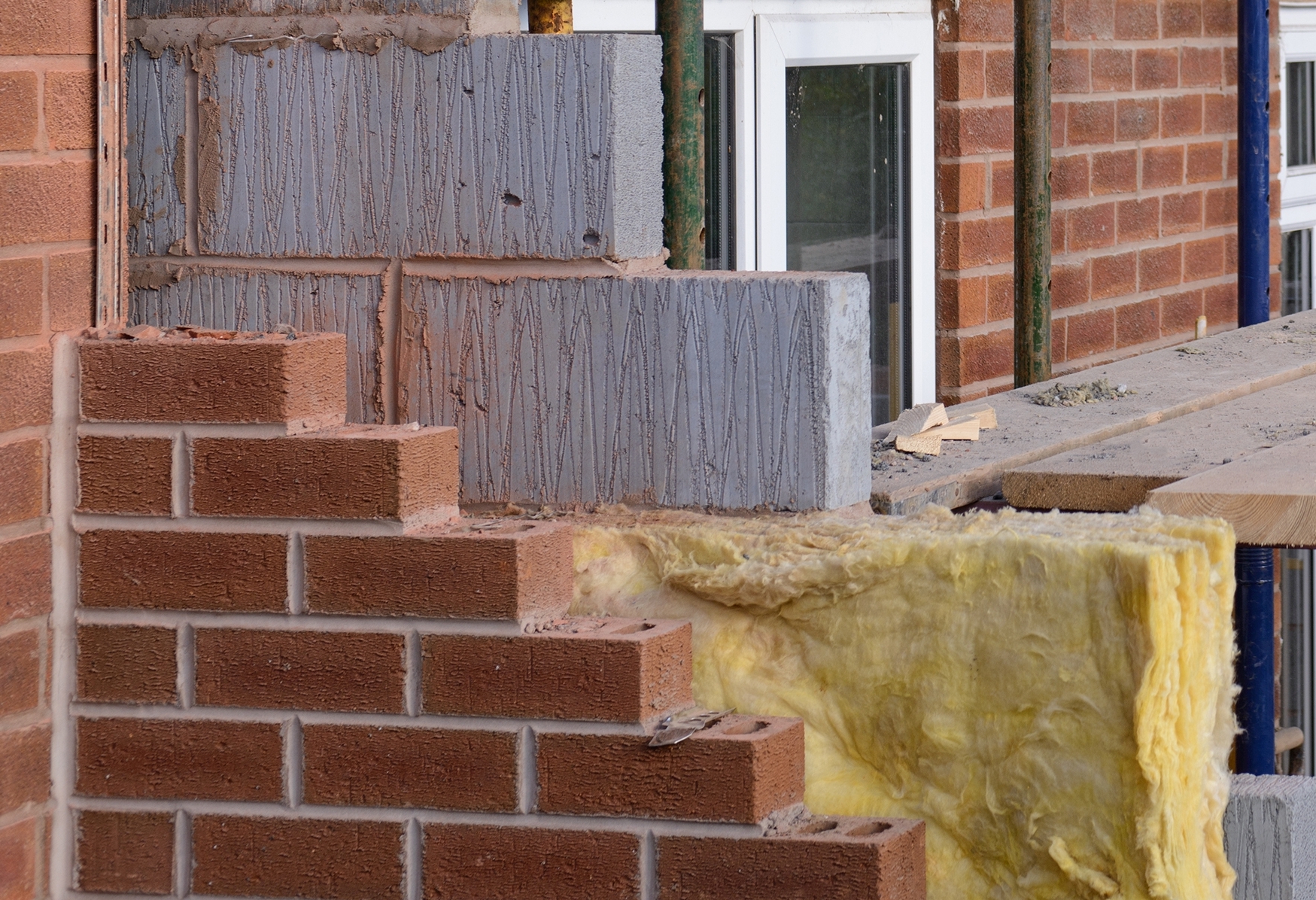
Homes built between 1930 and 1990 more than likely will have cavity walls. Homes, during this period, were built using the two-brick method with a gap between the two layers of bricks. Of course, they have no insulation, this is where cavity insulation comes in. It is a quick and easy thing to do. It involves drilling tiny holes into the brickwork, then filling up the cavity with polystyrene beads. These beads do not absorb any water, so this means no damp! This form of insulation will allow your home to keep the heat in.
If you are unsure whether your home has cavity insulation, check the brickwork for circular drilled holes. This will be a sign that it already has been done.
Internal Insulation
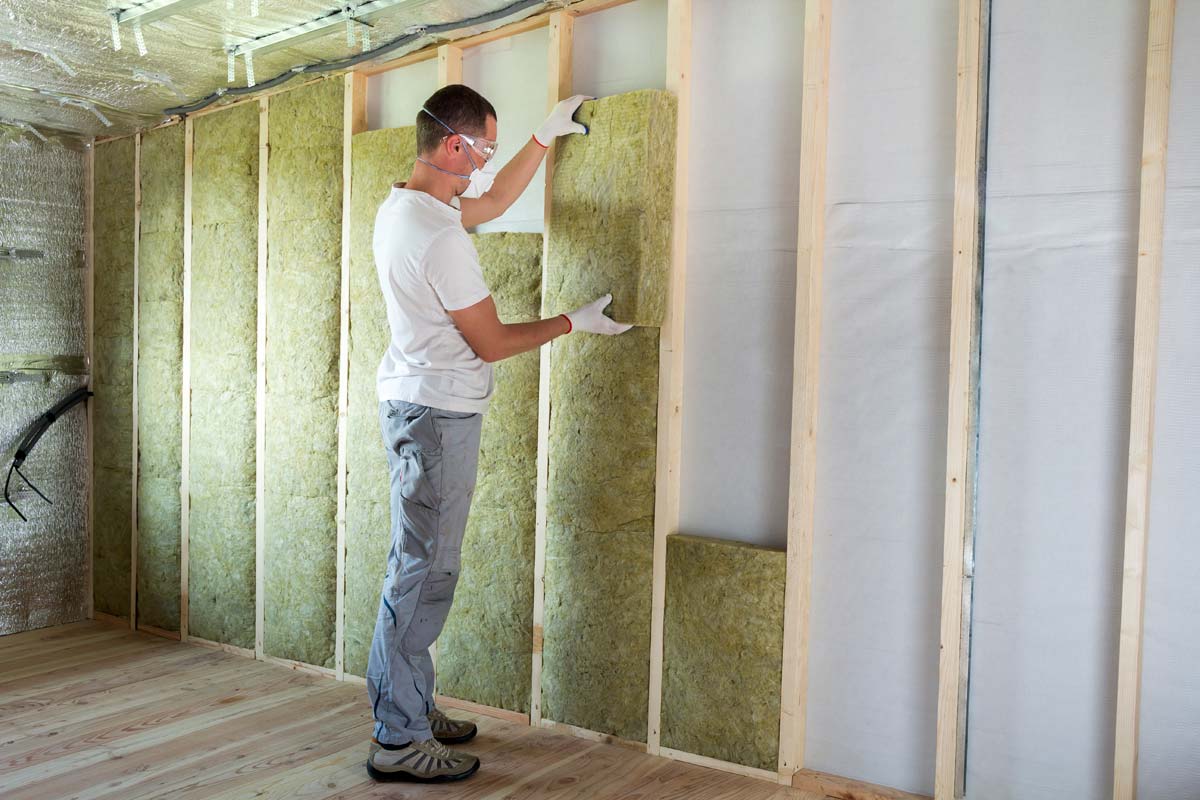
When we talk about internal insulation, this involves adding insulation boards to the lining of a solid wall. This may cause a loss of space to the room you are insulating but is much cheaper than insulating the outside of the home which will cover later in this article.
Insulating Your Pipes
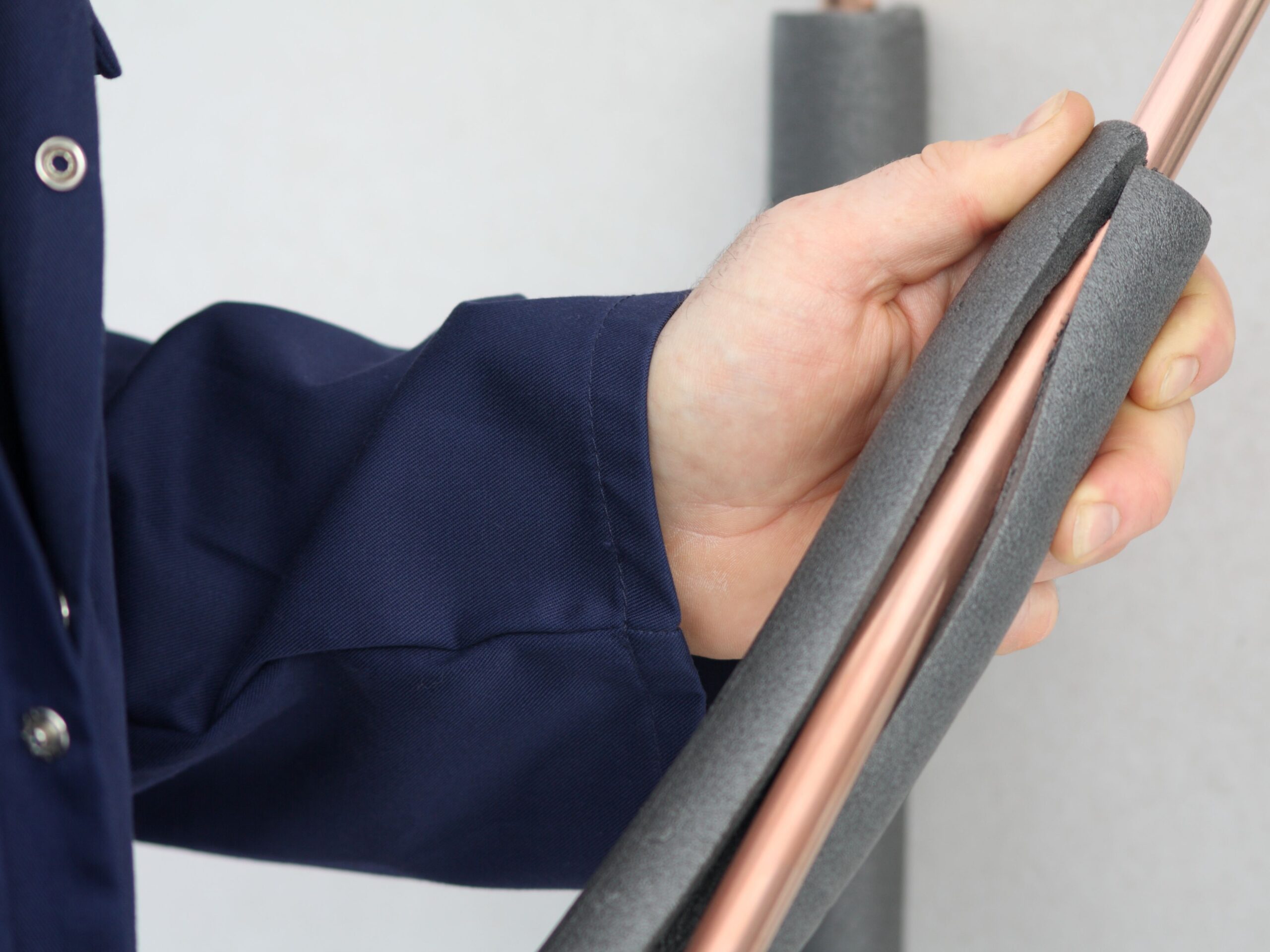
Did you know that if you insulate your hot water piping, this will help to reduce any loss of heat? Properly fitted pipe insulation keeps the hot water at a constant temperature and can even increase the temperature too. If you do not insulate your hot water pipes, the hot water temperature will lower and will cause it to take longer for the things such as showers to heat up.
It is quite an easy process, inexpensive and it won’t have you tearing your hair out! Many pipe laggings are very easy to attach to your piping. It is a simple process of slipping the lagging over the piping and simply joining it together with the already checked adhesive or by simply wrapping insulation tape around it.
Insulating The Outside Of Your Home
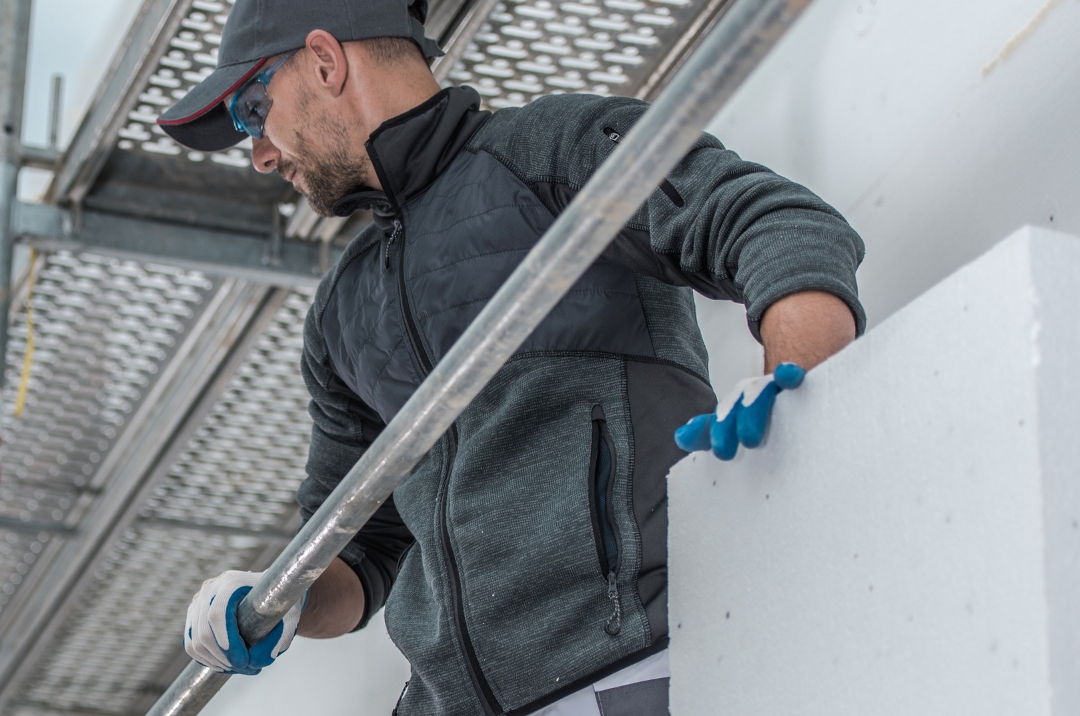
External insulation will add an extra layer of insulation to your outside walls and is covered by cladding or a protective layer of render. By choosing to insulate your outside walls will reduce disruption in the home and not affect the size of any rooms. But there is always a downside. It can be quite an expensive process and will change how your property looks. Therefore we recommend inside insulation and lagging your piping. Of course, how much it will cost will depend on the size of your property so we suggest seeking advice before going down this road.
Insulating Your Floors
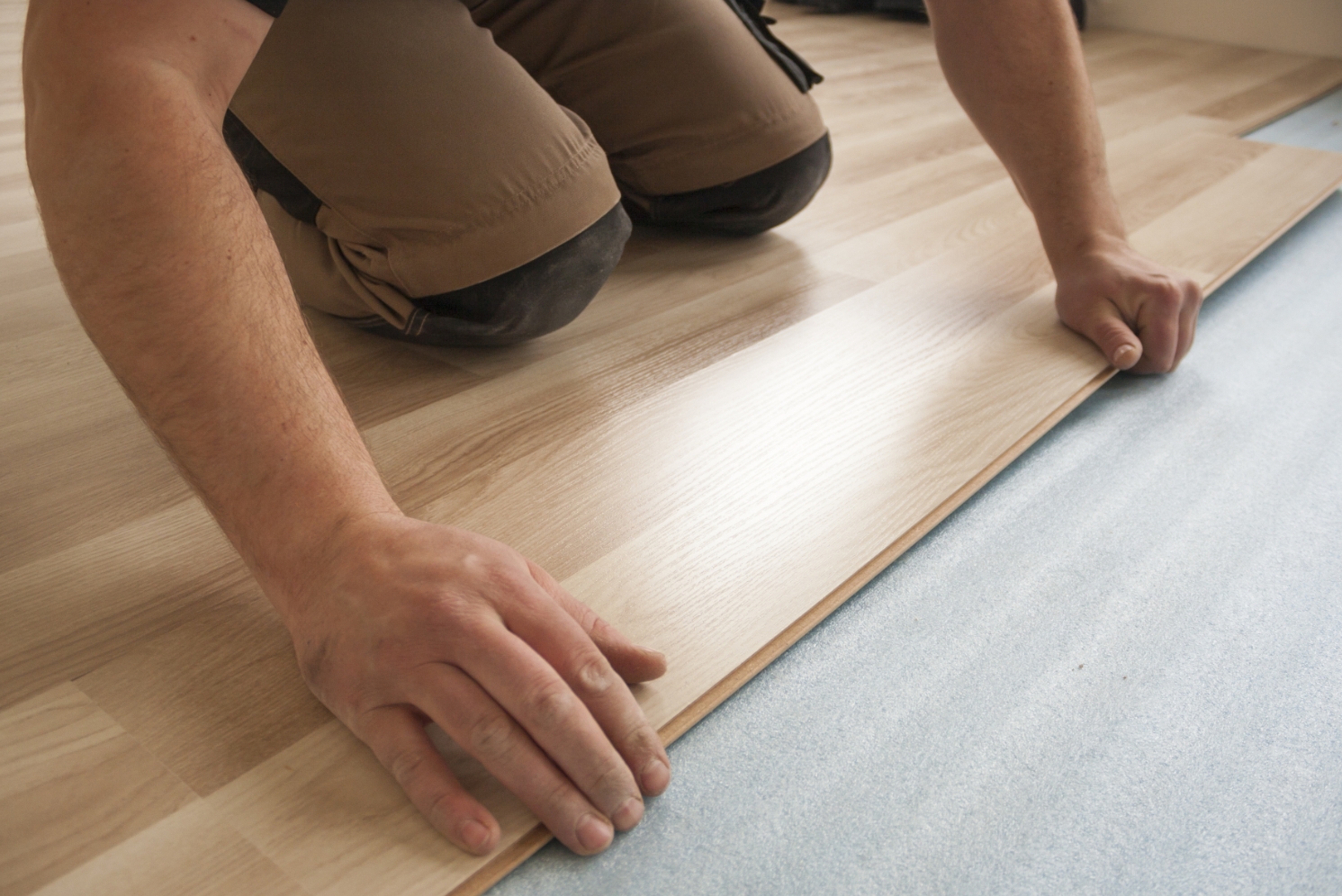
If like me, you have issues in your home at ground level with drafts and cold floors, an idea would be to invest in floor insulation. Gaps that may occur between your floorboards or skirting boards can be filled by filling the gaps with a filler. You will be able to find filler at most local DIY stores. To insulate floorboards is relatively easy. The method we recommend is to attach insulation boards or lie your loft insulation rolls of mineral wool. This insulation is placed between the floor joists that are below the room. But (and there is always a but), this may not be possible for many modern homes as floorboards may have to be removed and then put back into place. It can be expensive, so we recommend if you can, doing this yourself.
If you have concrete below your carpets or floorboarding, you will have to use rigid insulation boards but (and here we go again) you may have to adjust your doors due to the extra layer of flooring. If you feel that this really is a daunting task, then there is an answer. Thermal underlay is very effective and cheap too. Unfortunately, this cannot be used for vinyl flooring as it can cause the flooring to become unsteady and ripple.
Hopefully, we have helped cover most insulation techniques in this article. Remember, by adding insulation you will reduce the cost of your energy bills. And that is not all you will also be helping the environment too!

